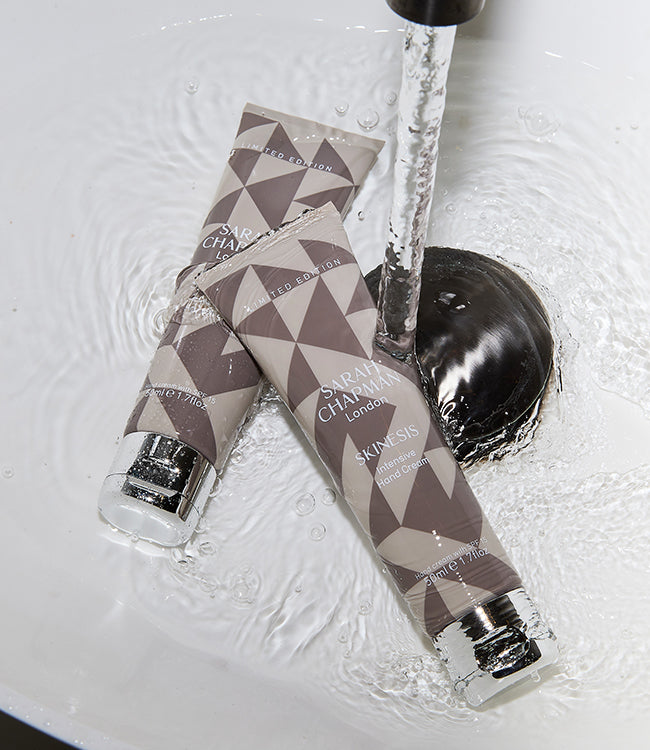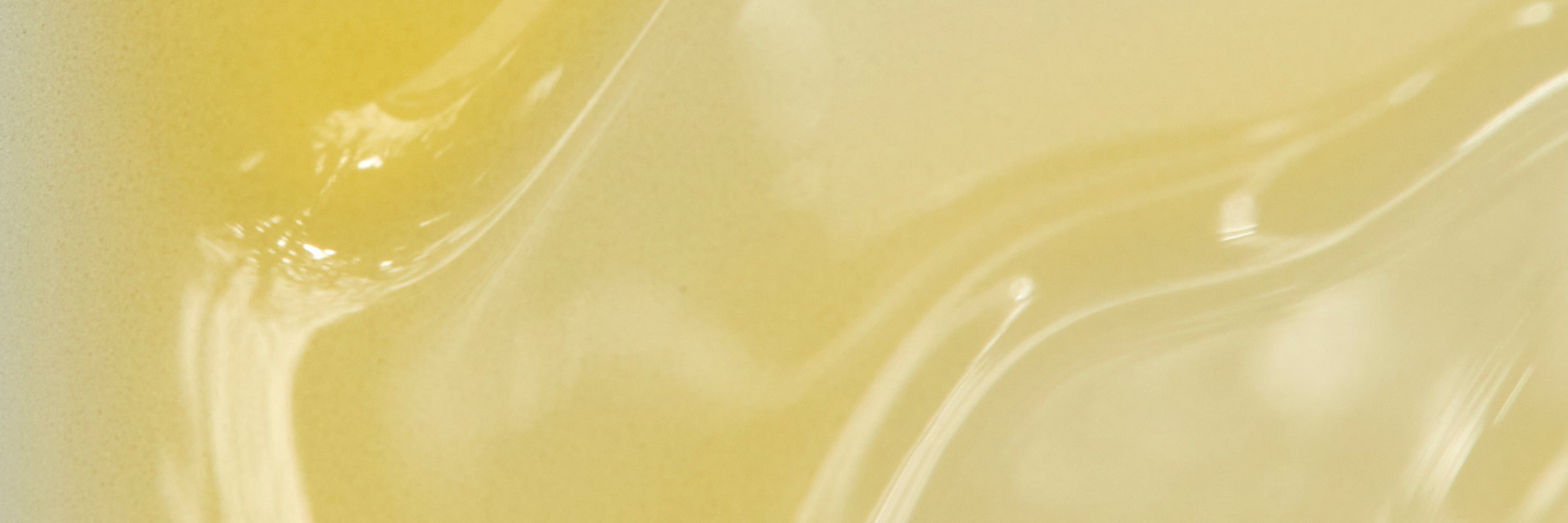The Structure of Skin
The skin has one of the toughest jobs in our body – literally. It must be resilient yet supple, and provide all-important protection to the entire body and its systems from the outside world. Here’s how it does it - and why it is so important.
Understanding our skin, it's functions and its structure is vital to making the most of any skincare routine. It enables us to make the most of not just its appearance, but also of its own natural abilities of protection that are so vital for the body as a whole.
Our skin is one of the largest organs in the body, in surface area and in weight, accounting for 22 sq feet in size and weighing around 8 pounds. Its role is to provide, principally, protection from the environment. It also provides regulation and sensation.
'Understanding our skin, it's functions and its structure is vital to making the most of any skincare routine. It enables us to make the most of not just its appearance, but also of its own natural abilities of protection that are so vital for the body as a whole'
The skin that we see is the epidermis: the ‘surface’ skin, of which the outermost layer is the stratum corneum. Beneath the epidermis is the dermis, and below that is the hypodermis, or subcutaneous fatty tissue.
The chief role of the epidermis is to generate new skin cells and to provide protection. It also makes melanin, which gives skin its colour. In some parts the epidermis is thick (palms of your hands, soles of your feet) while at others it is incredibly thin – just .05mm in the eyelids, for instance.
The production of new skin cells occurs at the base of the epidermis. Gradually, the cells move up to the top layer and then flake away, a process that normally takes a 28-day cycle (it is for this reason that it’s often advised to wait a minimum of 28 days before assessing the effect of a new skincare product): vitally, the epidermis also contains Langerhans cells, cells with an immune function that protect the body as a whole.
The dermis lies below the epidermis and is as equally as important. It generates sweat and sensation via nerve endings, which enable protection. Additionally, the roots of your hair are also found in the dermis: each root attaches to tiny muscles, the arrector pili, which are responsible for goosebumps. The dermis is also responsible for producing and conveying sebum, your skin’s oil, and for carrying blood to the skin via vessels.

The hypodermis, the subcutaneous fat layer, also plays an important role. It contains connective tissue which attaches the dermis to muscles and bones. It also supports the blood vessels and nerve cells from the dermis and their transmission to the rest of the body. The subcutaneous fat regulates your temperature and pads your muscles and bones to protect them from injury. It’s also important to remember that the skin regulates core physiological aspects, such as changes in peripheral circulation, body temperature through hair and sweat, and fluid balance. It also acts as a reservoir for the synthesis of vitamin D, vital to keep bones, teeth and muscle healthy via reserves of calcium and phosphate.
References and sources
• Lephart ED. Skin aging and oxidative stress: Equol's anti-aging effects via biochemical and molecular mechanisms. Ageing Res Rev. 2016 Nov;31:36-54. doi: 10.1016/j.arr.2016.08.001. Epub 2016 Aug 9.• Farris PK, Edison BL, Brouda I, Winkauf RL, green BA. A high-potency, multimechanism skin care regimen provides significant antiaging effects: results from a double-blind, vehicle-controlled clinical trial. J Drugs Dermatol. 2012 Dec;11(12):1447-54
• Domenico Fusco, Giuseppe Colloca, Maria Rita Lo Monaco, and Matteo Cesari. Effects of antioxidant supplementation on the aging process. Clin Interv Aging. 2007 Sep; 2(3): 377–387.(Published online 2007 Sep.)
• Lintner K, Mas-Chamberlin C, Mondon P, Peschard O, Lamy L. Cosmeceuticals and active ingredients. Clin Dermatol. 2009 Sep-Oct;27(5):461-8. doi: 10.1016/j.clindermatol.2009.05.009.




